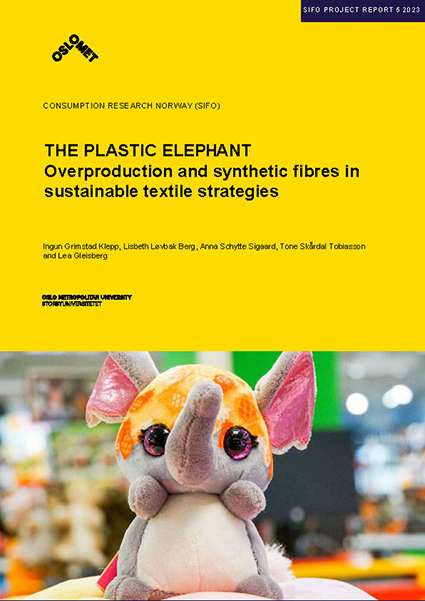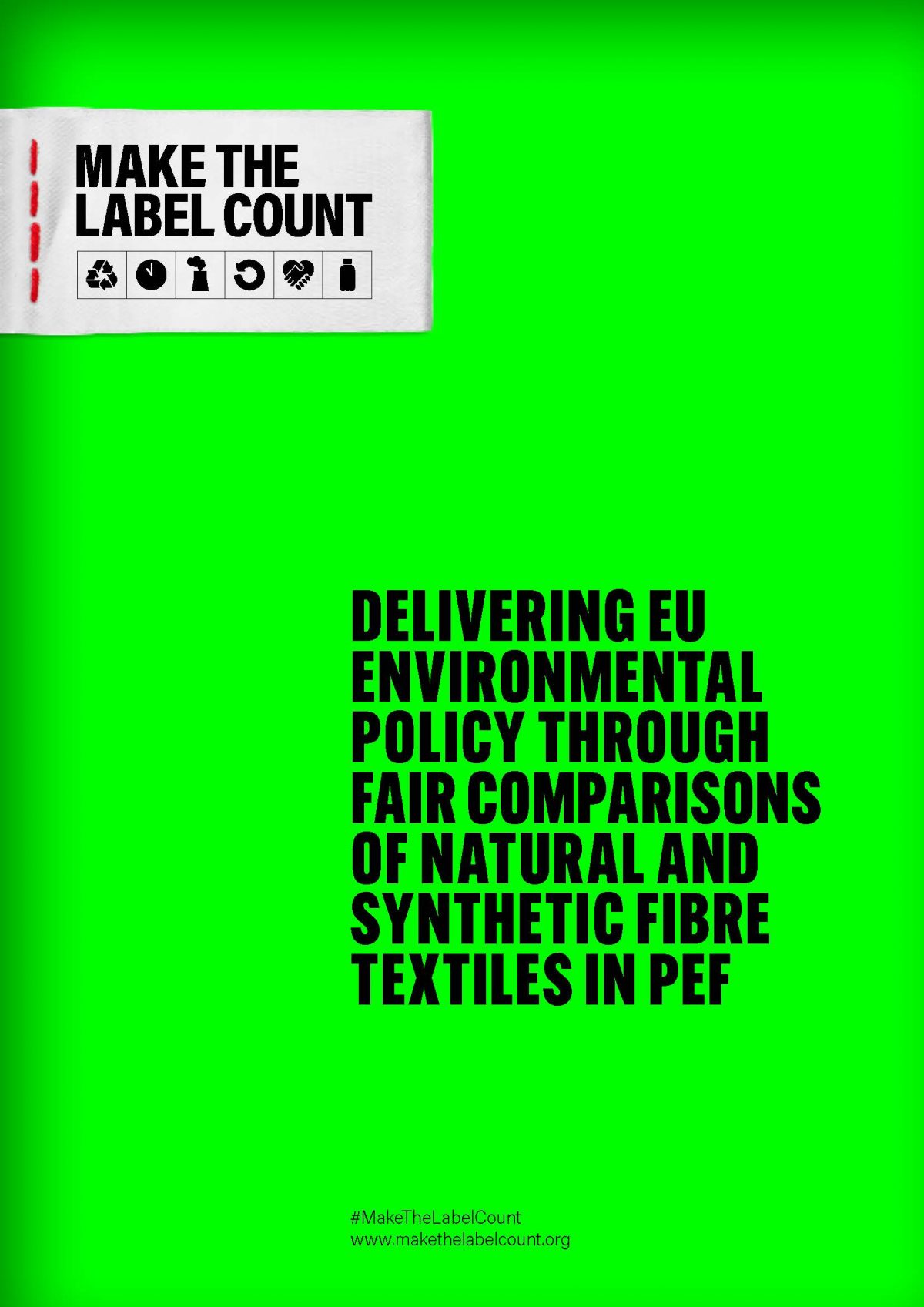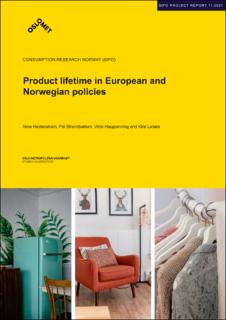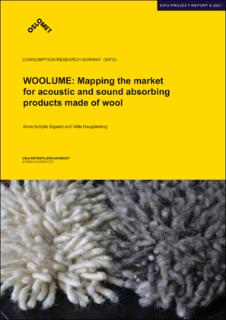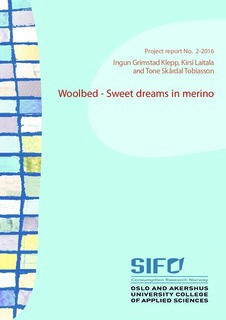Ingun Grimstad Klepp, Tone Skårdal Tobiasson, Vilde Haugrønning, Gunnar Vittersø, Lise Grøva, Torhild Kvingedal, Ingvild Espelien & Elin Kubberød
From its initiation in 2015 to the end in 2019, KRUS had two goals: to improve the market for and the value of Norwegian wool, and survey the opportunities for local production in a move towards a goal of sustainability in the fashion sector. On a larger scale, KRUS has looked at how we can re-establish an understanding of the connection between the raw material and the finished product within the textile industry and among consumers. It is critical to understand this connection, both to ensure quality products and to reach the market potential for Norwegian wool.
To restore the understanding of “where clothes come from” is also at the heart of challenges currently facing the textile industry. The consumption and production of textiles faces major challenges and changes in the future. Today the industry is characterized by low control and little knowledge, while growth in quantity, environmental impact, as well as stress on animals and humans is high. KRUS has contributed to the debate on sustainable clothing by focusing on local value-chains and locally produced apparel.
The focus on Norwegian wool and the specific qualities of the different breeds has played an essential role for Norwegian textile tradition and dress culture, and a better understanding of this has been essential to the project. An important challenge for Norwegian wool is that it has not been marketed with any kind of label of origin. Private actors have thus entered the field and developed their own private labels for Norwegian wool. In addition, there are few products on the market containing Norwegian wool beyond hand-knitting yarn, which means that availability has been limited.
Throughout the project, we have seen a shift, especially for older sheep breeds, which have posed a special challenge. Their wool is central in keeping Norwegian handicrafts alive, but the quality on some of the wool types has been declining. For others, the challenge is that much of the wool is not taken care of, and constitutes a waste problem. Through breeding-projects, work collaboration, looking closely at labelling systems and business models, KRUS has addressed these challenges.
Click here to read the full report (oda.oslomet.no)
